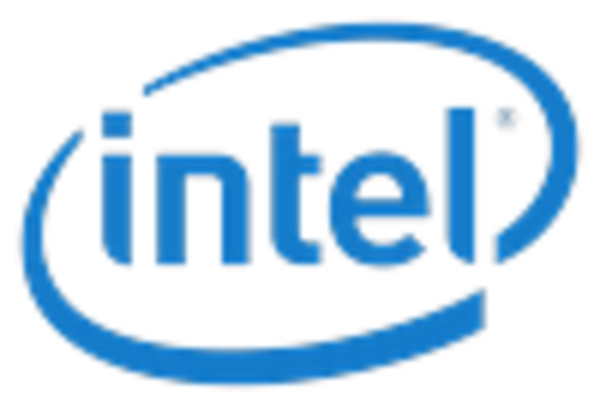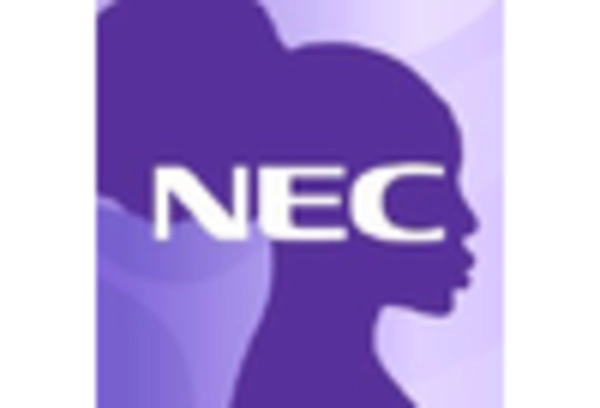Enhanced Fan Engagement
In the Connected Stadium Solution Market, enhanced fan engagement is a critical driver. Stadiums are increasingly adopting solutions that provide interactive experiences, such as mobile applications that offer real-time updates, personalized content, and social media integration. This shift towards a more engaging environment is supported by the growing expectation of fans for a more immersive experience during events. According to recent studies, nearly 70% of fans express a desire for improved connectivity and interactive features within stadiums. This demand is prompting stadium operators to invest in connected solutions that not only enhance the spectator experience but also drive revenue through targeted advertising and sponsorship opportunities.
Sustainability Initiatives
Sustainability initiatives are becoming a pivotal driver in the Connected Stadium Solution Market. As environmental concerns gain prominence, stadiums are increasingly adopting eco-friendly technologies and practices. This includes the implementation of energy-efficient systems, waste reduction strategies, and sustainable materials in construction and operations. According to industry reports, approximately 60% of new stadium projects are incorporating green building standards. This shift not only addresses environmental challenges but also appeals to a growing demographic of environmentally conscious fans. By prioritizing sustainability, stadiums can enhance their brand image and attract sponsorships from companies committed to corporate social responsibility, thereby contributing to the overall growth of the connected stadium market.
Focus on Data-Driven Decision Making
The emphasis on data-driven decision making is reshaping the Connected Stadium Solution Market. Stadium operators are increasingly leveraging data analytics to optimize operations, enhance security, and improve fan experiences. By utilizing data collected from various sources, including ticket sales, social media interactions, and in-stadium behavior, operators can make informed decisions that align with fan preferences. This trend is reflected in the growing investment in analytics platforms, which are expected to reach a market value of over 1 billion dollars by 2026. The ability to harness data effectively not only improves operational efficiency but also fosters a more personalized experience for fans, thereby driving growth in the connected stadium sector.
Integration of Advanced Technologies
The Connected Stadium Solution Market is experiencing a notable surge due to the integration of advanced technologies such as Internet of Things (IoT), artificial intelligence (AI), and 5G connectivity. These technologies facilitate real-time data collection and analysis, enhancing the overall fan experience. For instance, IoT devices enable seamless communication between various stadium systems, allowing for efficient crowd management and improved security measures. The implementation of AI-driven analytics provides insights into fan behavior, enabling stadium operators to tailor services and offerings. As a result, the market is projected to grow at a compound annual growth rate (CAGR) of approximately 20% over the next five years, indicating a robust demand for technologically advanced stadium solutions.
Increased Investment in Sports Infrastructure
The Connected Stadium Solution Market is witnessing increased investment in sports infrastructure, driven by the need for modernized facilities that cater to evolving fan expectations. Governments and private entities are allocating substantial funds towards the development of smart stadiums equipped with cutting-edge technologies. This trend is evident in various regions, where new stadium constructions and renovations are underway, with budgets often exceeding hundreds of millions of dollars. Such investments not only enhance the spectator experience but also create opportunities for revenue generation through enhanced services and amenities. As the demand for state-of-the-art facilities continues to rise, the connected stadium market is poised for significant growth, with projections indicating a potential market size of over 10 billion dollars by 2030.

















Leave a Comment